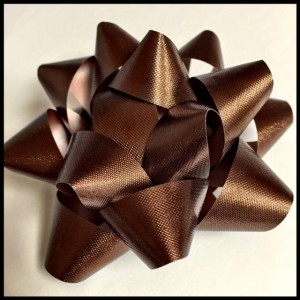 Do you know the difference between a homonym and a homophone? My son and I have practiced for the county spelling bee for weeks – it’s been cancelled twice because of snow – and we’ve had to distinguish between many homonyms/phones/graphs.
Do you know the difference between a homonym and a homophone? My son and I have practiced for the county spelling bee for weeks – it’s been cancelled twice because of snow – and we’ve had to distinguish between many homonyms/phones/graphs.
Cheers to Mr. Luke Phillips for helping my child, and consequently me, understand the distinction between these words. In honor of Wondrous Words Wednesday, I will share this knowledge with you.
Please remember to join the fun of the Wondrous Words Wednesday meme by visiting Kathy at Bermuda Onion and writing your own post with interesting words.
Here’s the difference…
Homonym, homophone and homograph share the same Greek root, homos, which means same, similar, or alike. It’s the second part of each word that gives unique meaning.

homonym
- -nym comes from the Greek onyma meaning name
- a word that is spelled and pronounced like another word but is different in meaning
- Examples:
- bear (noun- animal) and bear (verb – to endure)
- quail (noun – animal) and quail (verb – to recoil in terror);
- fair (noun – as in County Fair) and fair (adj – marked by honesty)
homophone
- -phone comes from the Greek phonos meaning sounding
- a word that is pronounced like another word but is different in meaning, origin, or spelling
- Examples:
- sow (verb – to plant seeds) and sew (verb – a needle pulling thread)
- tea (noun – a drink with jam and bread) and tee (noun – a peg to put a golf ball on)
- flower (noun – the pretty part of a plant) and flour (noun – ground wheat for baking)
- -graph comes from the Greek graphos meaning written
- a word that is spelled like another word but is different in origin, meaning, or pronunciation
- Examples:
- bow (noun – ribbon in a girl’s hair) and bow (noun – part of a ship)
- bass (noun – musical instrument) and bass (noun – a fish)
- close (adj – nearby) and close (verb – to shut)
If you’d like more detailed explanation, visit SpellingCity.com.
Word Nerd Workout
Tell me if the following word pairs are homonyms, homophones, or homographs.
- desert (noun- hot, dry place) and desert (verb- to abandon)
- scale (noun – measure weight) and scale (noun a small thin plate on the outside of a fish)
- bear (noun- animal) and bare (adj- without covering)
- wind (verb- to cause to move in a curving path) and wind (noun- moving air)
- plane (noun- flying mode transportation) and plain (adj – without adornment)
You can find the answers at the end of my Affect vs. Effect post.
Word Nerd Note
The Spelling City site also taught me about Capitonyms, words that are spelled the same except for capitalization. Sometimes pronunciation differs.
- Turkey, turkey
- Mobile (Alabama), mobile
- May (month), may
I hope you learned something today!
Julia



Thanks, Julia. Loved the clarification!
1. desert/desert – homograph
2. scale/scale – homonym
3. bear/bare – homophone
4. wind/wind – homograph
5. plane/plain – homophone
A long time ago one of my teachers taught us the phone ones sound the same, the graph ones are written the same. I don’t remember what she said about the homonyms…so it’s “the other one” from the first two. 😀
Great job Kathy and Lisa. I posted the answers at the end of my affect vs. effect post
I’m sure I learned this in school but have forgotten it. After your refresher, I think I can ace the quiz:
1 – homograph
2 – homonym
3 – homophone
4 – homograph
5 – homophone
This is all so familiar…and yet I could not have defined them out loud. Thanks for, as Jess says, “the knowledge boost!” My son went to the state spelling bee this past weekend and while he didn’t make the top 30, we had fun! Maybe we should have practiced our homophones more 🙂 Good luck to you all!
I kept hearing the different words at the school bee – the “pronouncer” would say “This word has a homonym”, or phone, or whatever and I didn’t know the difference. Until now.
The county bee was yesterday. He didn’t advance, and honestly, I’m happy. But it was good bonding for us. And now I know how to spell dachshund!
Thanks, as always, for the knowledge boost!
Thanks for the refresher. The English language fascinates me.
There’s a lot going on, isn’t there, Debbie?
I always use the word parts to remember that homophones sound alike, homographs look alike, and homonyms are the other one. 😉